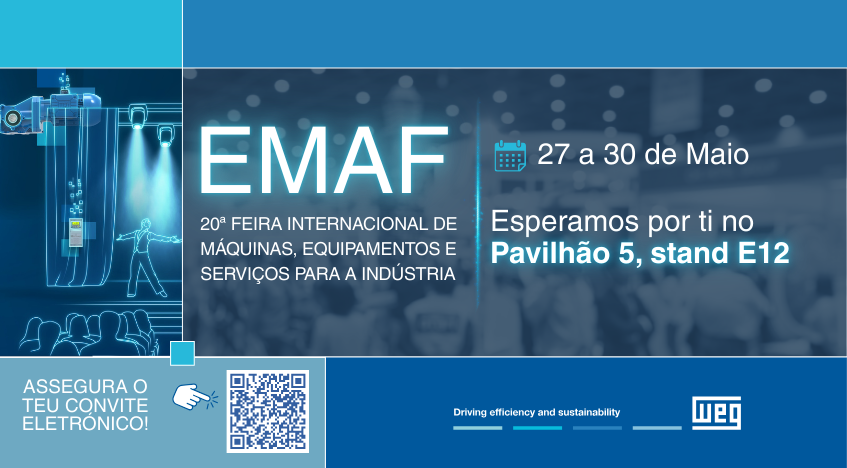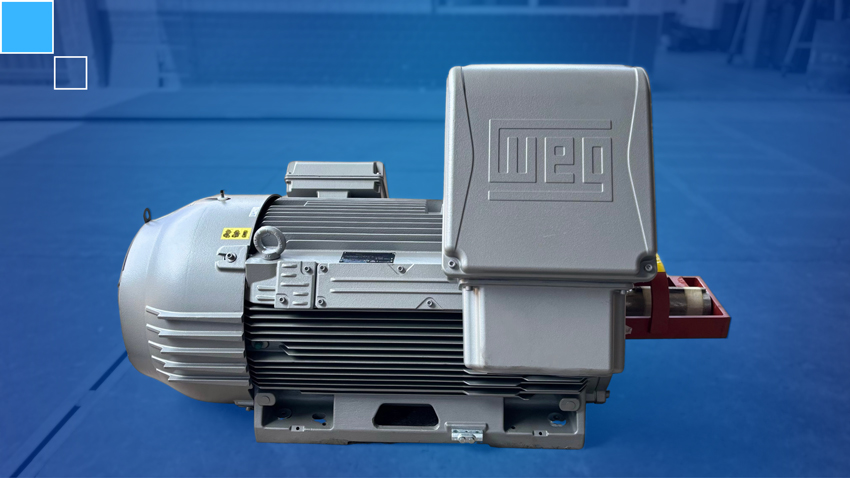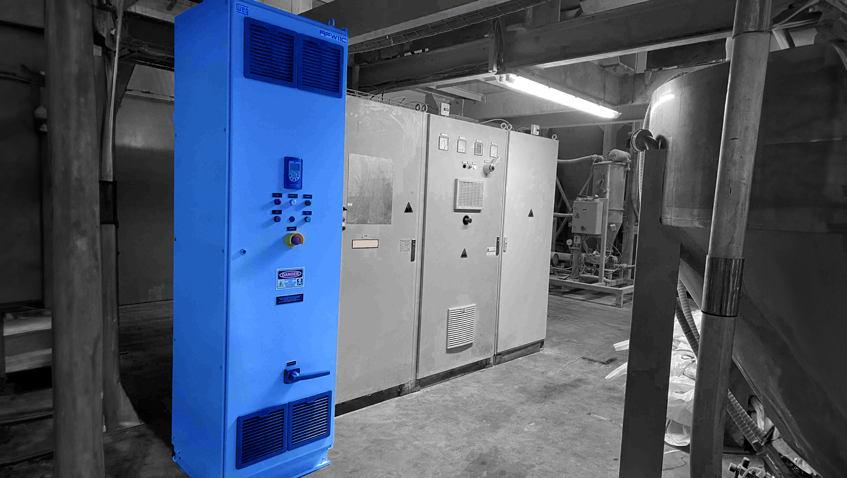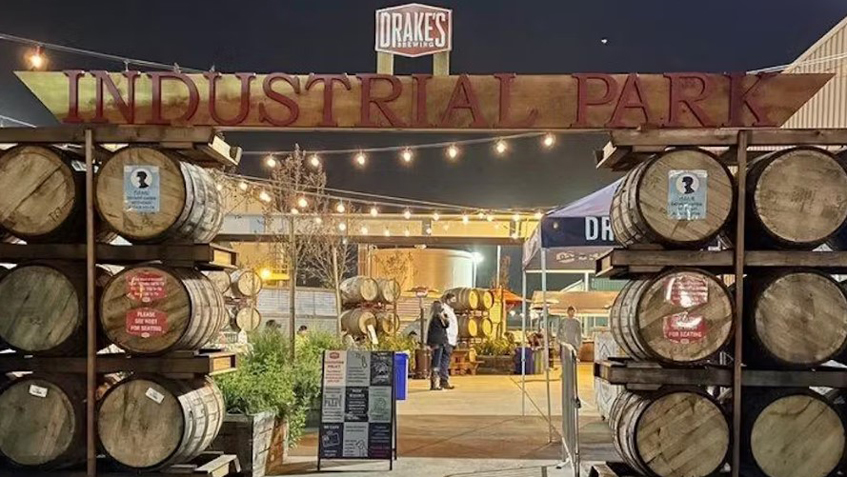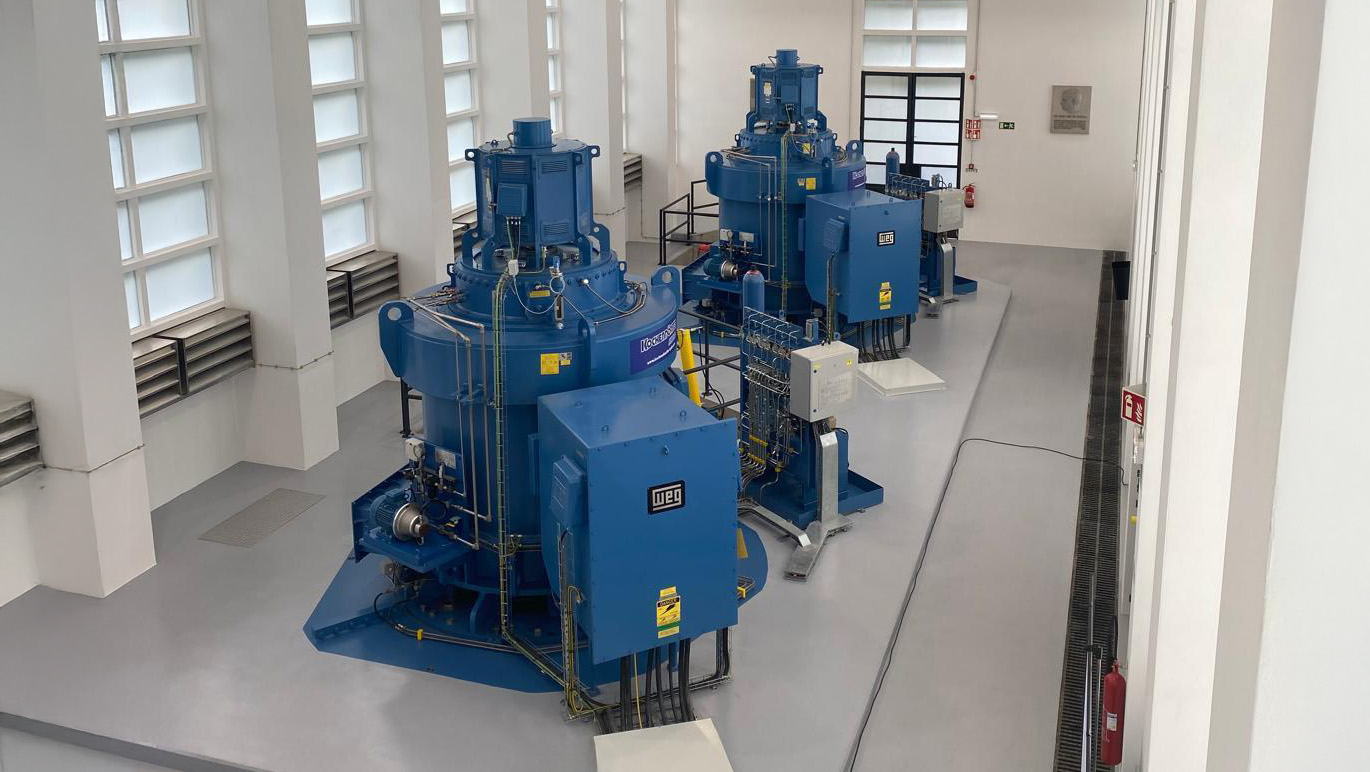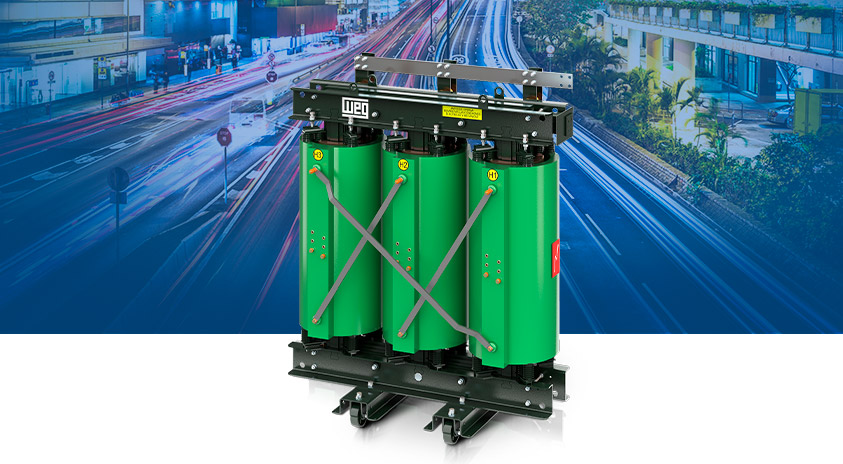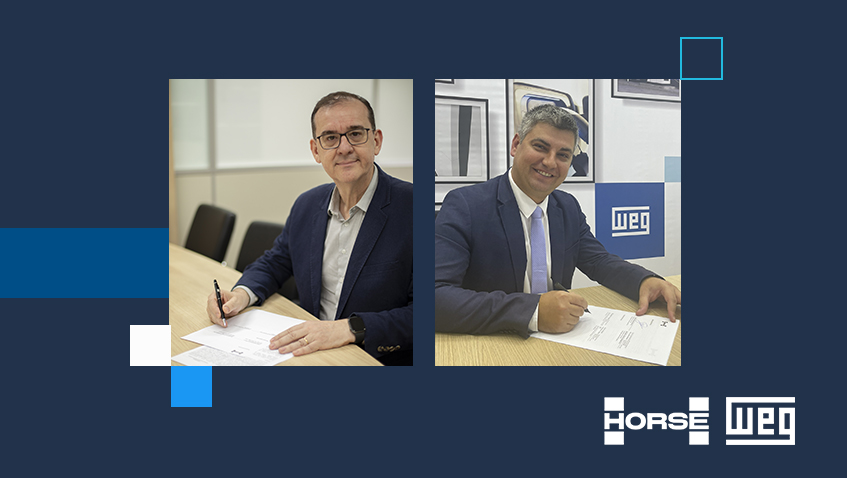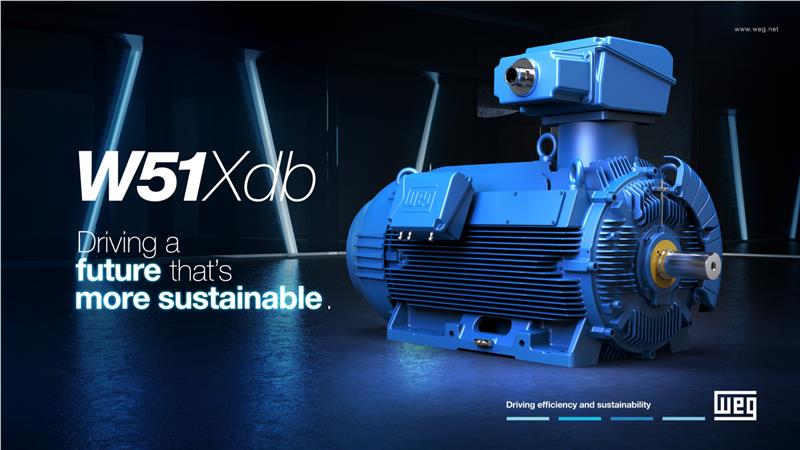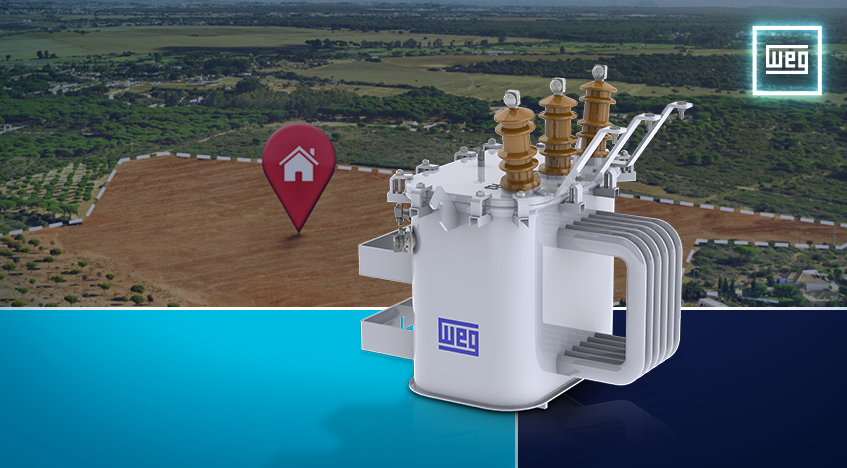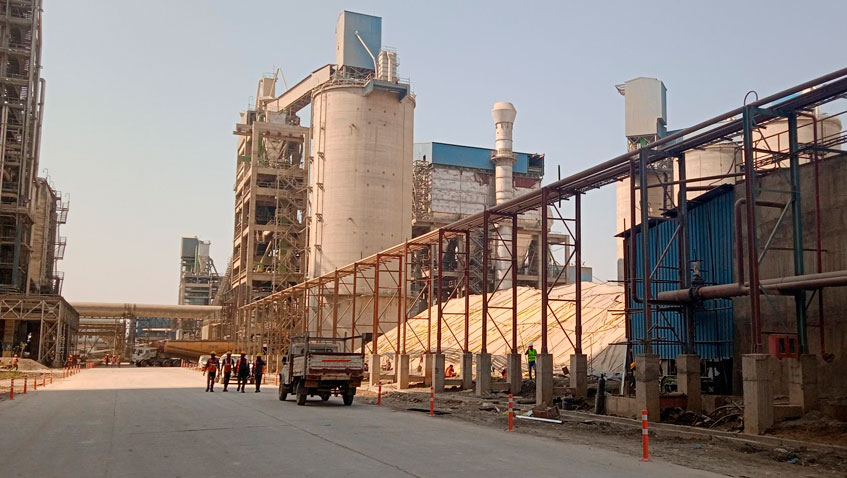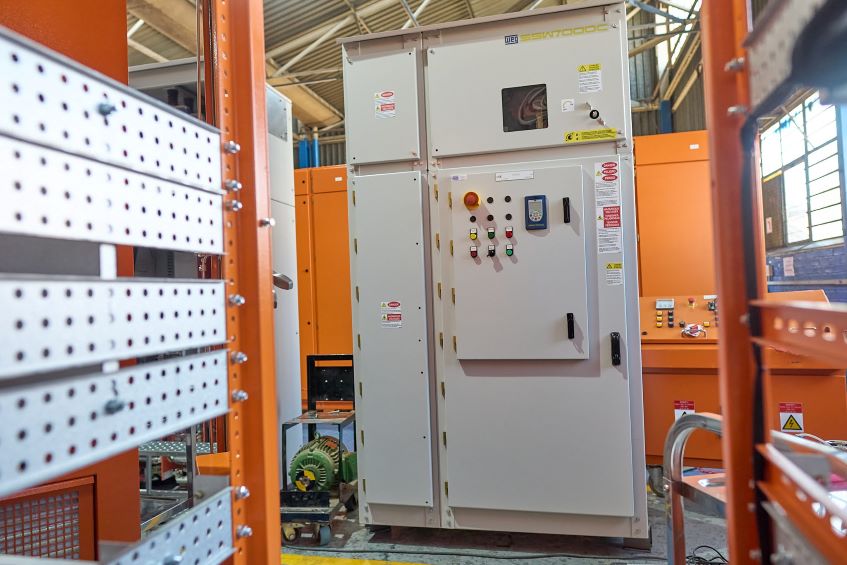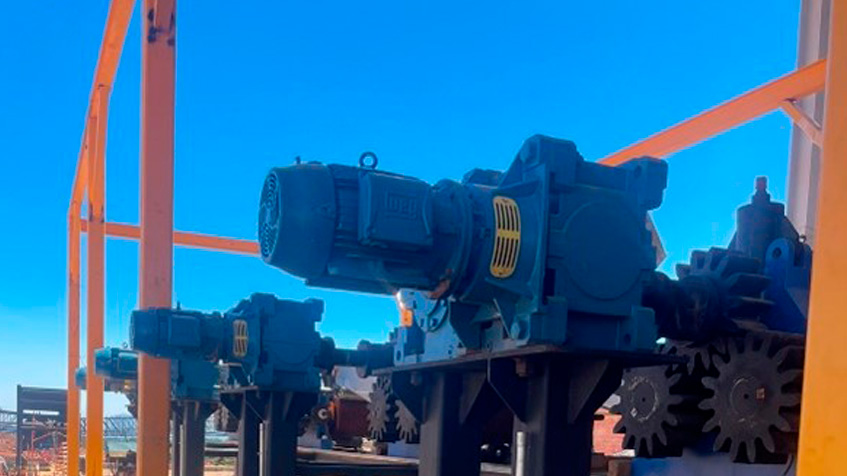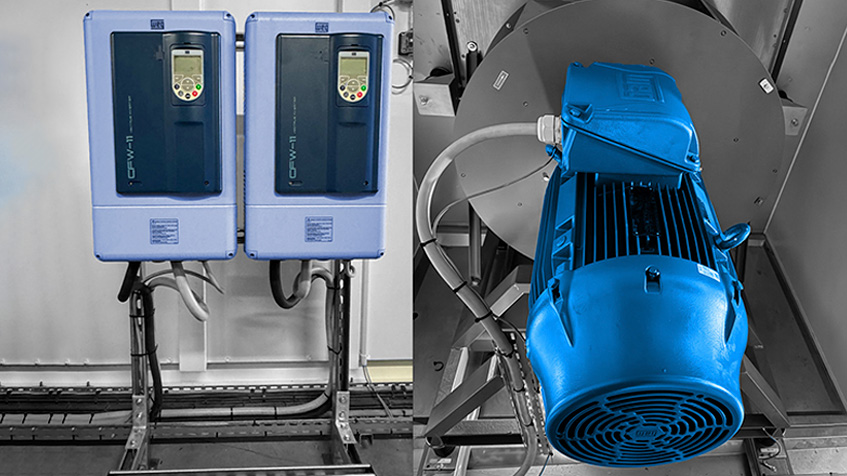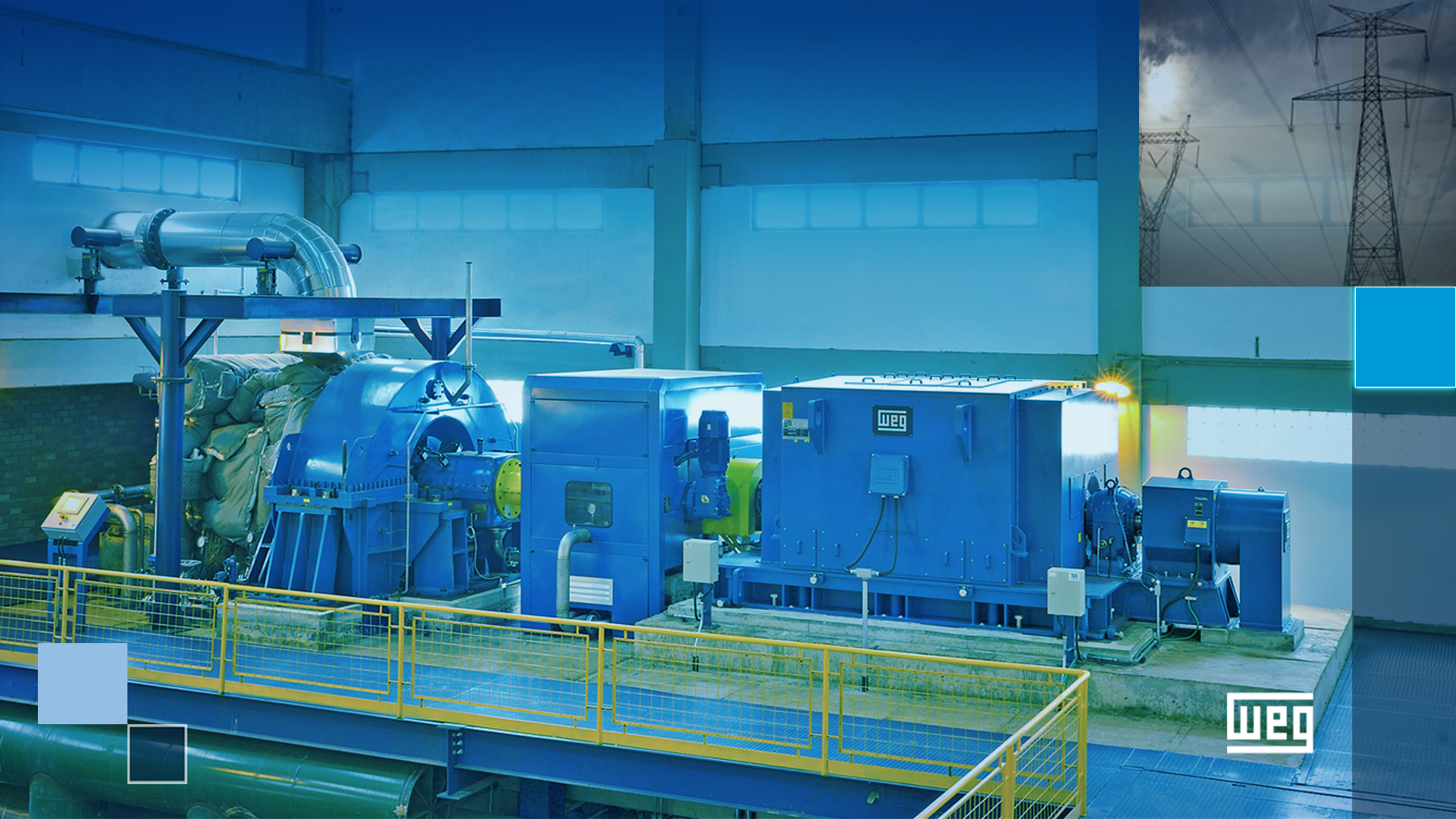Unidades Hidráulicas
Ahorro y facilidad de implantación

Las unidades hidráulicas pueden ser entendidas como diversos equipos como depósito de aceite, bombas de desplazamiento, válvulas direccionales, válvulas de retención, actuadores, entre otros. Permanecen dispuestos en circuitos lógicos cuya finalidad es posibilitar el manejo y control de un determinado equipo a través del desplazamiento de fluido, realizado por uno o más conjuntos de motor eléctrico y bomba hidráulica.
Debido a la simplicidad de funcionamiento, los accionamientos hidráulicos son utilizados en las más diversas aplicaciones, tales como prensas, termoformadoras, volquetas de camiones, inyectoras plásticas, calandras, entre otras.
Un punto de atención para este tipo de aplicación es que, en los momentos en que no existe necesidad de manejo, tanto la bomba hidráulica como el motor eléctrico continúan operando con rotación nominal, con el fluido hidráulico recirculando hacia el depósito y resultando en desperdicio de energía eléctrica y calentamiento innecesario del aceite. Por otro lado, el apagado del motor eléctrico puede generar efectos colaterales como la propia quema del equipo, debido a arranques sucesivos y desgastes mecánicos excesivos en la bomba de aceite.
WEG energy-efficient solution for hydraulic units allows adjusting the motor and the pump speed according to the real need of the machine, resulting in energy savings at the moments when the set just circulates the fluid due to the process characteristics (for example, change of the part to be stamped on a press or a truck entering/leaving a truck dumper).
A great advantage of this solution is the low interference in the machine system, since there are no mechanical changes in the motors, and the machine can continue running with its original starter in case of maintenance of the drive.
Specifically for injection molding machines, the speed modulation of the electric motor is performed by means of an exclusive software application installed on the PLC of the variable speed drive, using the native analog signals sent by the hydraulic system. In a machine of this kind, WEG energy efficiency solution generates savings in virtually any operating cycle, since the requirements of the hydraulic system vary according to the cycle phase (opening and closing of the mold, injection and compression, cooling and dosing).
The proposed solution is an excellent option to retrofit an older machine, because modern injection molding machines use a similar concept; however, the investment in a new machine is much higher. It is important to notice that due to the complexity and wide configuration range of the injection molding machines available on the market, we recommend that you contact WEG in case you are interested in this solution.
Benefits
- Electric energy savings of up to 60%.
- Easy implantation with few impacts on the production system and injection molding machine.
- Lower temperature of the hydraulic fluid and consequent reduced wear of the hydraulic components.

